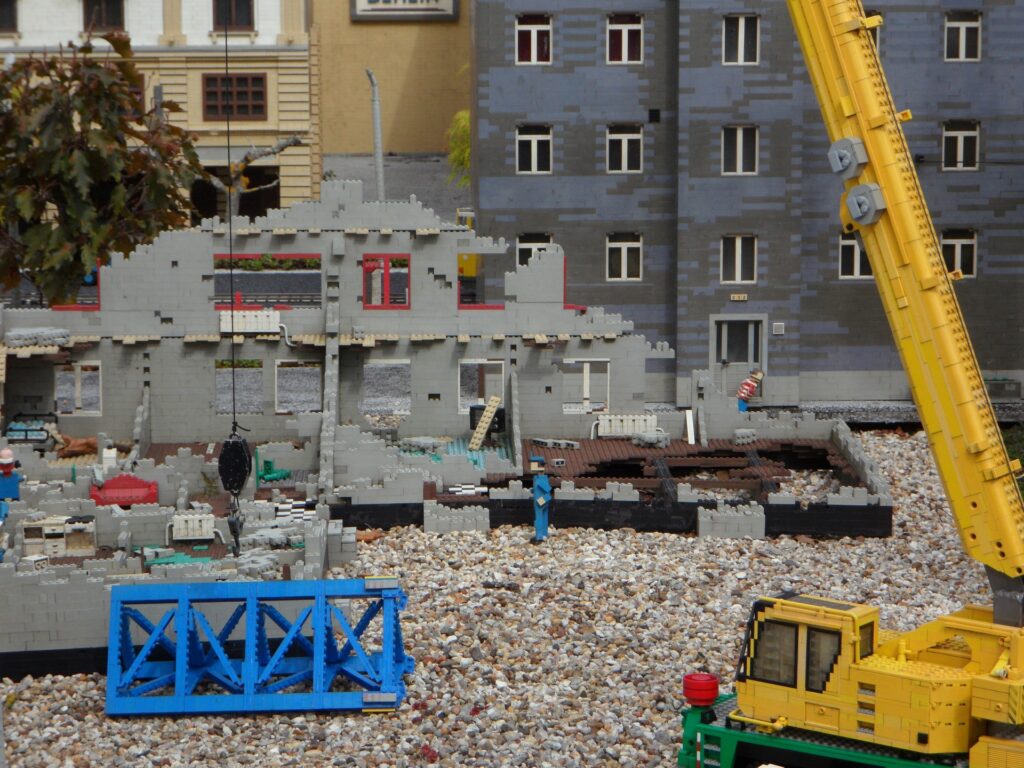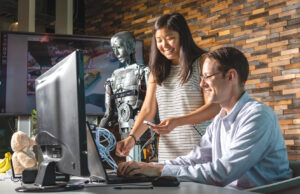Welcome to our comprehensive guide on using Legos as a means to train future engineers. In this article, we will explore the numerous benefits of incorporating Legos into engineering training programs. Whether you are an educator, parent, or aspiring engineer, this article will shed light on why Legos are an excellent tool for developing essential skills in the field of engineering.
The Benefits of Using Legos for Engineering Training
Before we delve into the specifics, let’s highlight the key advantages of utilizing Legos for engineering training. Engaging, hands-on learning experiences are a fundamental aspect of using Legos, promoting active participation and enhancing knowledge retention. Additionally, Legos provide a versatile and adaptable learning platform, allowing individuals to explore various engineering concepts and principles in a practical and interactive manner.
How Legos Enhance Creativity and Problem-Solving Skills
Creativity and problem-solving skills are vital attributes for any engineer. Legos offer a unique opportunity to foster these skills by encouraging individuals to think outside the box and find innovative solutions to design challenges. As builders experiment with different configurations and structures, they develop a deep understanding of spatial awareness, critical thinking, and logical reasoning.
Building a Foundation: Using Legos to Learn Basic Engineering Concepts
In the early stages of engineering training, it is crucial to establish a strong foundation of basic concepts. Legos serve as an excellent tool for teaching fundamental engineering principles such as structural stability, mechanical forces, and simple machines. By manipulating Legos and observing how they interact, learners gain a solid understanding of these core concepts in a hands-on and engaging manner.
Taking it to the Next Level: Advanced Engineering Challenges with Legos
Once a solid foundation is established, it’s time to tackle more advanced engineering challenges using Legos. These challenges can involve complex mechanisms, robotics, or even automated systems. By pushing the boundaries of what can be accomplished with Legos, aspiring engineers can develop advanced problem-solving skills and gain a deeper understanding of engineering principles.
Collaborative Engineering: Teamwork and Communication Skills with Legos
Engineering is rarely a solitary endeavor. Collaboration, teamwork, and effective communication are essential skills for successful engineers. Legos provide an ideal platform for fostering these skills, as individuals work together to build intricate structures, solve problems, and present their ideas. Through collaborative Lego projects, aspiring engineers learn the value of teamwork and how to effectively communicate their ideas to others.
Inspiring the Next Generation: Legos as a Gateway to STEM Education
One of the significant advantages of using Legos for engineering training is their ability to inspire and ignite a passion for STEM (Science, Technology, Engineering, and Mathematics) education. The tactile nature of Legos, coupled with the opportunity to create and innovate, captivates young minds and motivates them to pursue further studies and careers in engineering and related fields.
Conclusion
In conclusion, Legos are an invaluable tool for training future engineers. By incorporating Legos into engineering education, we can cultivate creativity, problem-solving skills, and a deep understanding of engineering principles. Additionally, Legos promote collaboration, teamwork, and effective communication – essential skills for success in the engineering industry. Let us embrace the power of Legos and pave the way for a new generation of innovative engineers.
I hope this continuation meets your requirements. Let me know if there’s anything else you’d like me to add or modify.



